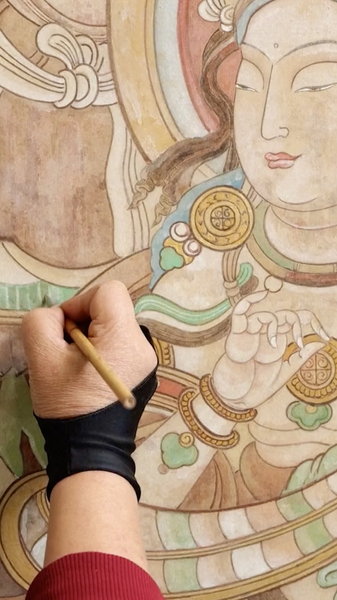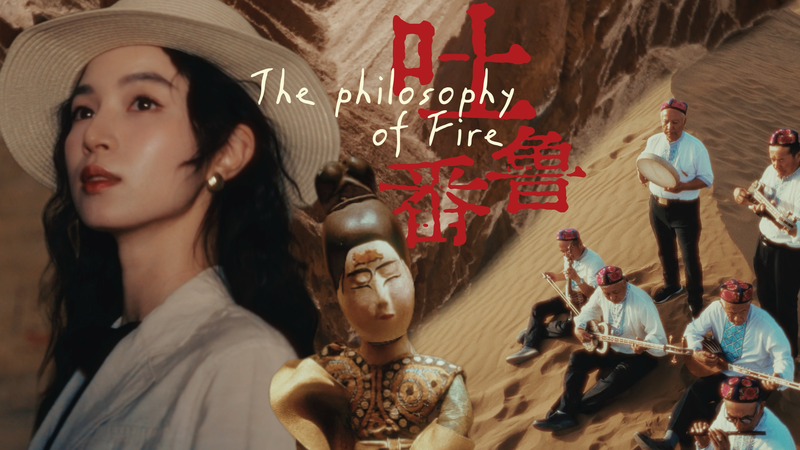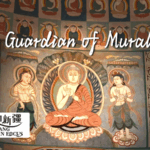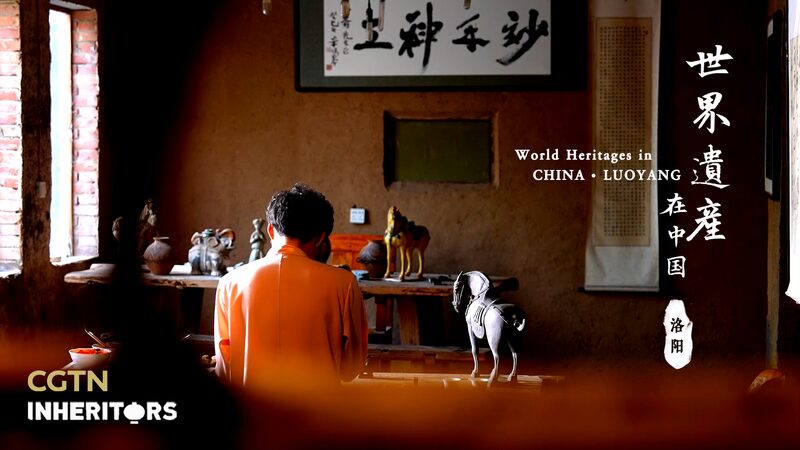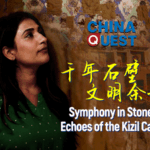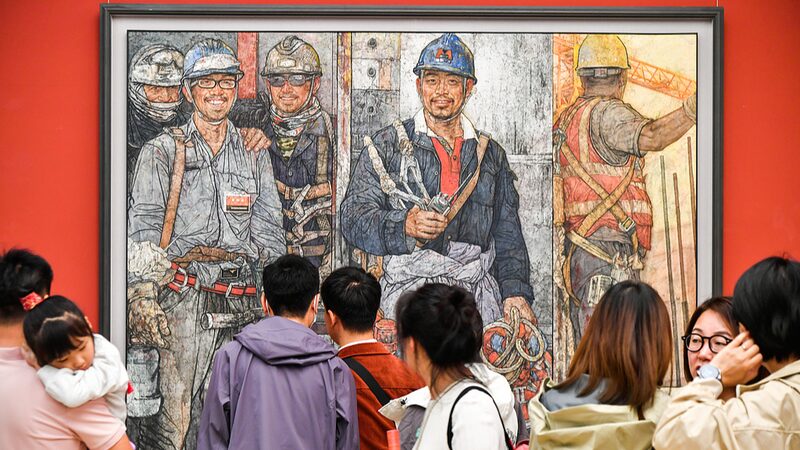In the arid landscapes of northwest China's Xinjiang Uygur Autonomous Region, 58-year-old Xu Dongliang has become a living bridge between past and present through his meticulous restoration of Turpan's ancient murals. For three decades, the artisan has dedicated himself to preserving intricate Buddhist and Uygur cultural artworks dating back centuries.
A Lifelong Passion for Preservation
Born to a family of educators, Xu discovered his artistic calling through childhood sketchbooks. After formal training in fine arts, he embarked on what would become a lifelong journey in 1993 when he first encountered the fading murals of Turpan's historical sites. 'These artworks are dialogues with our ancestors,' Xu told local media during a recent conservation project.
Meticulous Restoration Techniques
Using specialized tools finer than surgical instruments, Xu spends hours daily reconstructing delicate patterns – from the floral motifs in celestial scenes to the subtle gradients in traditional Uygur garments. His work has stabilized over 800 square meters of murals across multiple archaeological sites, employing techniques that combine modern science with traditional craftsmanship.
Passing the Torch
Recognizing the urgency of cultural preservation, Xu now mentors 12 apprentices at the Turpan Cultural Relics Center. 'Every brushstroke carries responsibility,' he emphasizes during training sessions. His protégés learn not just restoration skills, but also the historical context behind each artwork – ensuring both physical and intellectual preservation.
This quiet revolution in cultural conservation comes as Xinjiang sees growing international interest in its archaeological treasures, with Turpan's ancient sites attracting both scholarly attention and responsible tourism initiatives.
Reference(s):
cgtn.com
